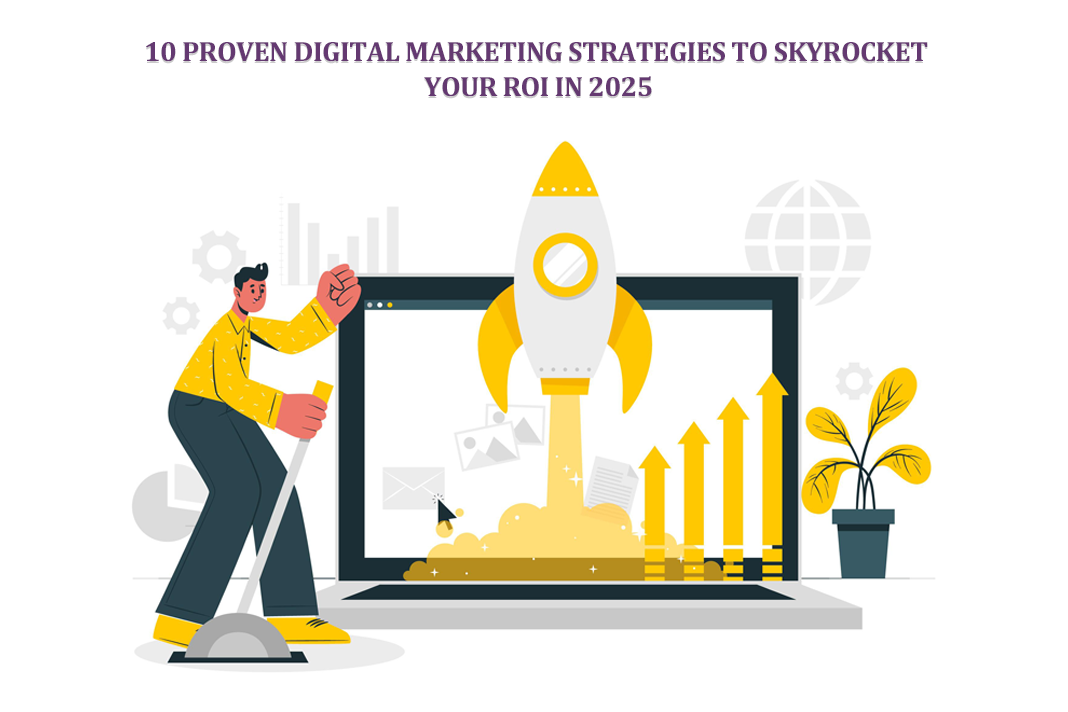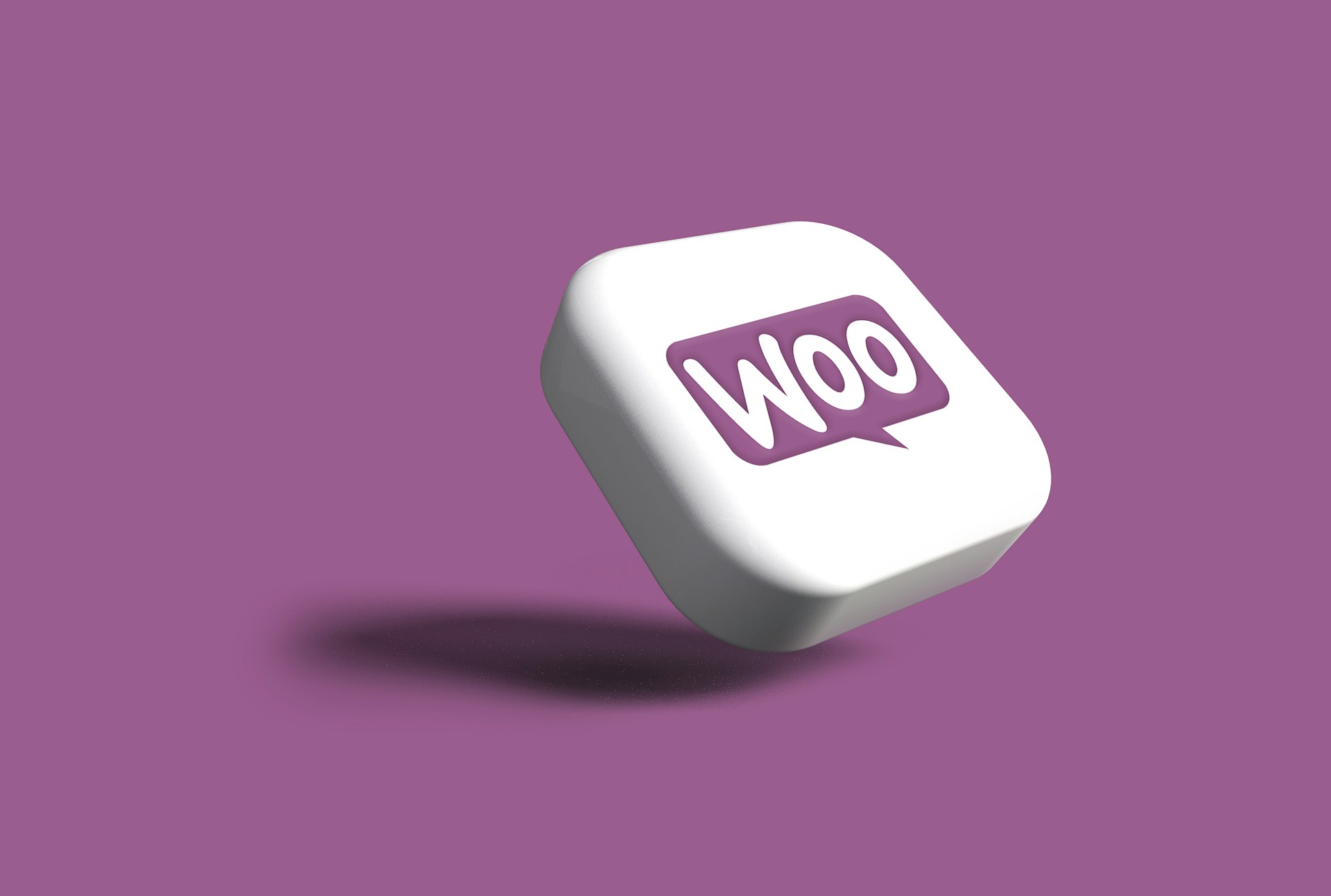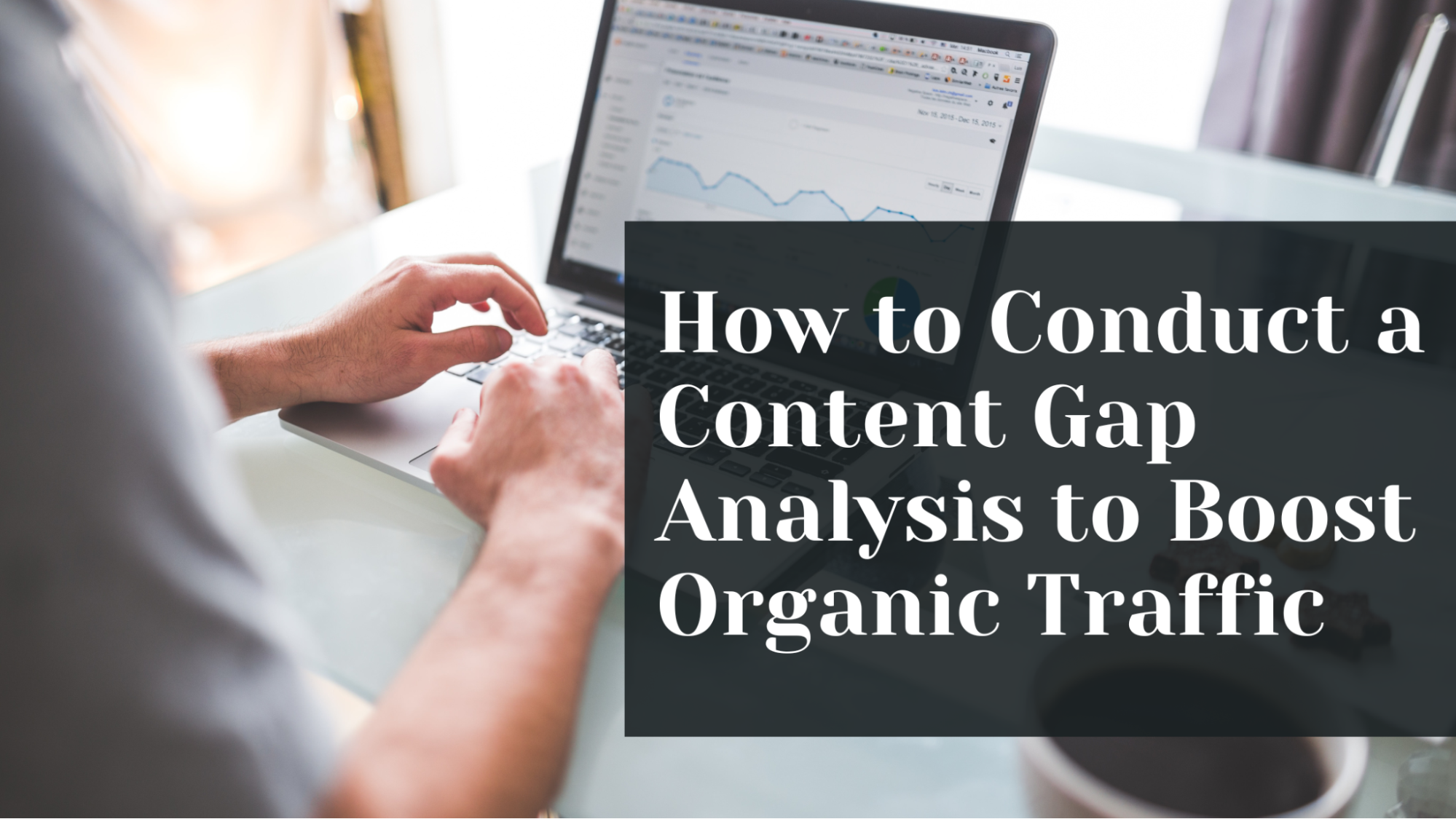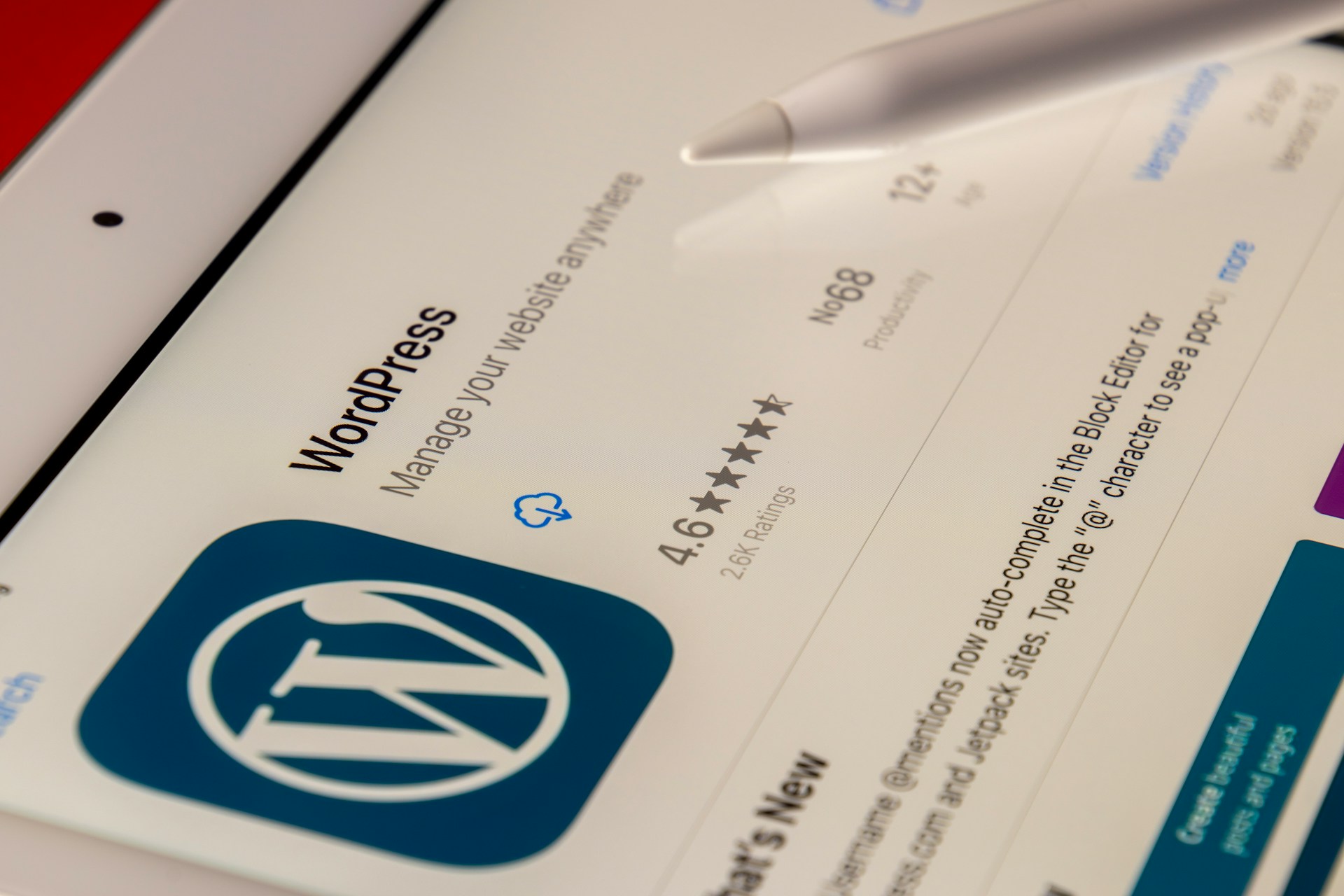How AI Is Taking Brand Marketing to the Next Level
Artificial Intelligence (AI) has taken the digital world by storm. More and more companies want to leverage artificial intelligence to develop data-driven brand marketing strategies as an integral part of their company’s vision and mission.
Quick Links
AI enables companies and marketers to create highly personalized customer experiences in a very cost-effective way as compared to other high investment branding campaigns.
Through AI, you can utilize every interaction with customers or prospective customers for future optimization. Brands that have adopted AI as part of their strategy predict a 39% revenue increase by the year 2020 and a 37% cost reduction.
Let’s look at the ways in which artificial intelligence has become the game changer for brand marketing and promotions.
Making the Best Product/Content Recommendations
Through the use of AI, companies like Amazon, Netflix, YouTube, Spotify, and many others have built their product offerings in a way that provides the most relevant and personalized product or content recommendations.
AI-based clustering and interpretation of consumer data together with customer profile information, demographics, etc. enable systems to continuously adapt to customers’ likes and dislikes. Recommendations are, therefore, tailored in real-time.
As customers become more used to the extent of personalization being provided by companies like Netflix and Amazon, they increasingly look forward to other brands doing the same.
This is the same in the case of publishers. There are AI-powered content recommendation widgets that personalize recommendation based on a reader’s browsing behaviours. This way, every user gets suggestions for articles or e-books that they might be interested in.
Intelligent Search Functionality
Ten years ago, if you searched for a product on a search engine, you wouldn’t find it unless you knew the correct name and spelling of the product. This is no longer true today. In these modern times, marketers benefit from AI as it has made searching much smarter.
After Google, E-commerce websites have also developed auto-suggest corrections along with advanced search features. Just as you start typing in the Amazon search bar, you have multiple suggestions popping up. Therefore, AI has enabled improved search capacity through which brands can achieve higher sales and better online visibility.
Programmatic Advertising with AI
Programmatic advertising is the automated process of buying and selling advertisements. The introduction of AI has made it much more efficient to bid on and target programmatic advertising. Advertisers and publishers are connected to an ad inventory where they exchange advertisements for a price. AI technology uses algorithms to analyze consumer behaviour. The information gathered is then utilized to optimize campaigns in real-time.
Customers who show a high chance of conversion are targeted. Demand-side platforms (DSPs) and cookie data are used to facilitate the process of buying ad inventory by helping customers make informed decisions.
AI can figure out things like the best time of the day to serve an ad, the chance that an impression will convert or the likelihood of a user engaging with an ad that appears mid-article.
A real company that took advantage of programmatic advertising is The Economist. The Economist managed to identify reading preferences to target their prospects better. They focused on matching cookies, subscribers, and other data sets to achieve increased readership and improved performance.
Better Audience Targeting and Segmentation
Marketers have to target increasingly granularly to effectively reach their customers and offer them the personalization that they want. Drawing on data through the use of AI technology can make this possible. With AI, segmentation can be done based on both simple variables such as gender and age, and complex ones such as past behaviours, buying personas, etc.
Moreover, AI has introduced dynamic segmentation that takes into consideration the fact that customer’s behaviours are changing constantly, and people can take on different personas at different times due to different buying needs and reasons.
A person can be browsing for a gift for an older relative at one time during the day, whereas the same person can be looking to buy a new car at another time. Dynamic segmentation will put them in a segment that’s best suited to their current buying behaviour using real-time data.
Sales Forecasting
This is another prediction-based application of AI. Artificial Intelligence can make sales forecast integrating several pieces of information like past sales data, economic trends, customer base expansion, and industry-wide comparisons. Thus, it helps companies make informed business decisions and predict their performance both in the short and the long run.
Real-Time Customer Support
Fast resolution and quick responses are one of the most important things that customers look for in a good digital experience. With the introduction of AI-driven chatbots, delivering such an experience to customers has become easy.
Chatbots can give a more “human-like” feel by using everyday conversational language. It can answer basic questions, solve simple issues, and track and fulfil orders. They are available 24/7 and can significantly decrease call wait times to achieve better customer satisfaction.
Chatbots are crucial in today’s marketing. It serves both ways as brands want to keep their customers engaged, and customers want responses to their inquiries.
KLM is a Royal Dutch Airline that invested in this technology by introducing KLM’s BlueBot, providing a highly personal and timely service to its customers. As a result, KLM’s passengers enjoy excellent service, while the company gets more insights it needs to succeed.
AI continues to grow and find more and more applications in the field of marketing. Brands are working with creative branding agency in order to be proactive when it comes to the use of AI. They want to reap the benefits of AI to better understand every single consumer and deliver them the greatest value.
Author Bio:
 Richard Kearsey is a digital designer at Emerald Colour specializing in creative branding agency and website design services. He loves creativity and enjoys experimenting with various design techniques for both web and print. He also enjoys sharing his thought on latest design trends and upcoming marketing ideas.
Richard Kearsey is a digital designer at Emerald Colour specializing in creative branding agency and website design services. He loves creativity and enjoys experimenting with various design techniques for both web and print. He also enjoys sharing his thought on latest design trends and upcoming marketing ideas.
AI Content Generating Tools: Is It A Collaboration or Competition For Content Creators?
Artificial Intelligence (AI) has created waves in content creation in business verticals. From…
0 Comments13 Minutes
How to boost user engagement and conversion in WooCommerce?
One thing that is not changing today or in the coming future is the impact user engagement has on…
0 Comments9 Minutes
10 Proven Digital Marketing Strategies to Skyrocket Your ROI in 2025
Why do some companies have a more robust online presence than others? Marketers know very well…
0 Comments12 Minutes
Why Is Woocommerce Suitable For Small Businesses?
Are you finding yourself more confused than usual when choosing your online business’s platform?…
0 Comments8 Minutes
How to Conduct a Content Gap Analysis to Boost Organic Traffic
Your website is not getting enough organic traffic because you are missing out on valuable content…
0 Comments12 Minutes
Why is Personalisation the Future of Web Development Services?
At present, custom web development is essential to ensure the success of a business concern. A…
0 Comments9 Minutes
Top Reasons to Hire WordPress Developers for Custom Website Solutions
Today, no business can possibly thrive in the digital realm without a strong online presence. An…
0 Comments13 Minutes
Why Link Building Remains a Key Pillar of Successful SEO
Why do some websites always pop up first on Google while others seem impossible to find? The…
0 Comments6 Minutes









Comments are closed.